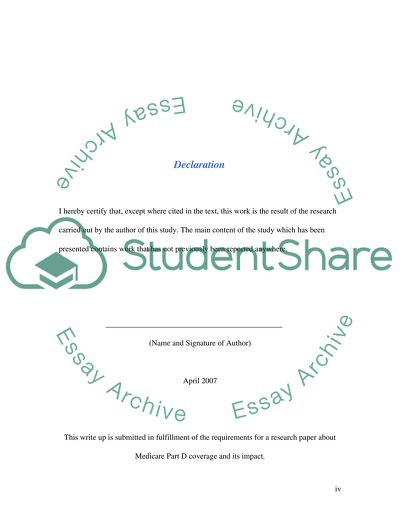Cite this document
(“Medicare part D coverage and how it makes the elderly a vulnerable Essay”, n.d.)
Medicare part D coverage and how it makes the elderly a vulnerable Essay. Retrieved from https://studentshare.org/miscellaneous/1541398-medicare-part-d-coverage-and-how-it-makes-the-elderly-a-vulnerable-population
Medicare part D coverage and how it makes the elderly a vulnerable Essay. Retrieved from https://studentshare.org/miscellaneous/1541398-medicare-part-d-coverage-and-how-it-makes-the-elderly-a-vulnerable-population
(Medicare Part D Coverage and How It Makes the Elderly a Vulnerable Essay)
Medicare Part D Coverage and How It Makes the Elderly a Vulnerable Essay. https://studentshare.org/miscellaneous/1541398-medicare-part-d-coverage-and-how-it-makes-the-elderly-a-vulnerable-population.
Medicare Part D Coverage and How It Makes the Elderly a Vulnerable Essay. https://studentshare.org/miscellaneous/1541398-medicare-part-d-coverage-and-how-it-makes-the-elderly-a-vulnerable-population.
“Medicare Part D Coverage and How It Makes the Elderly a Vulnerable Essay”, n.d. https://studentshare.org/miscellaneous/1541398-medicare-part-d-coverage-and-how-it-makes-the-elderly-a-vulnerable-population.


